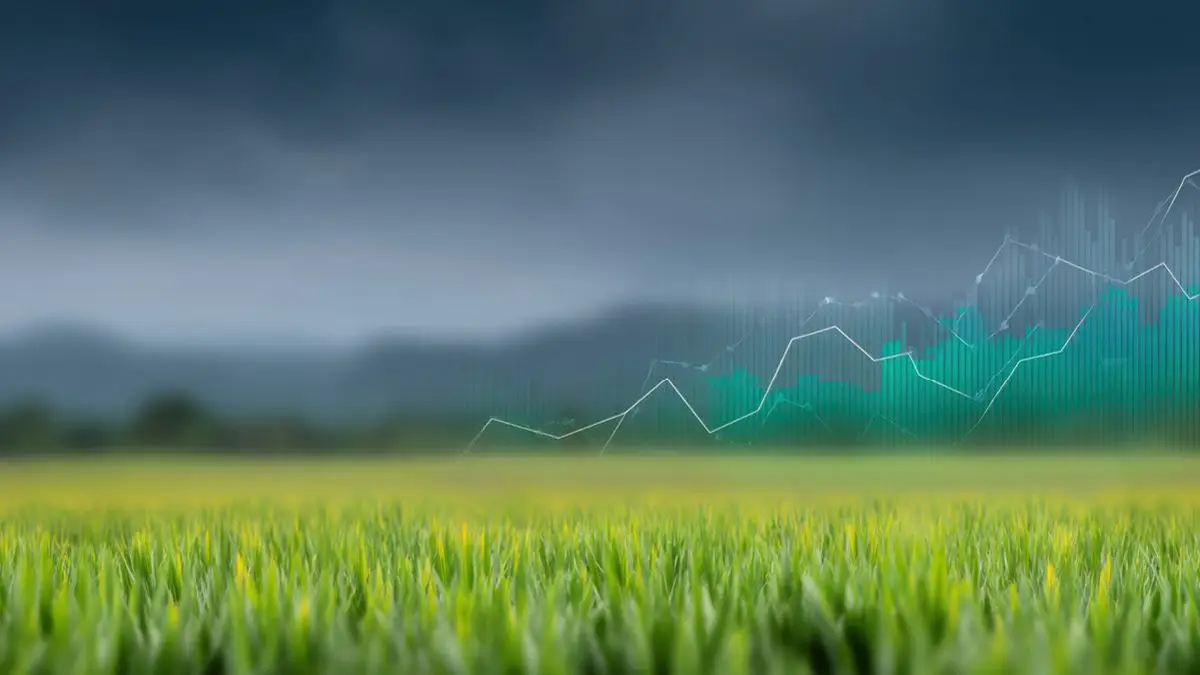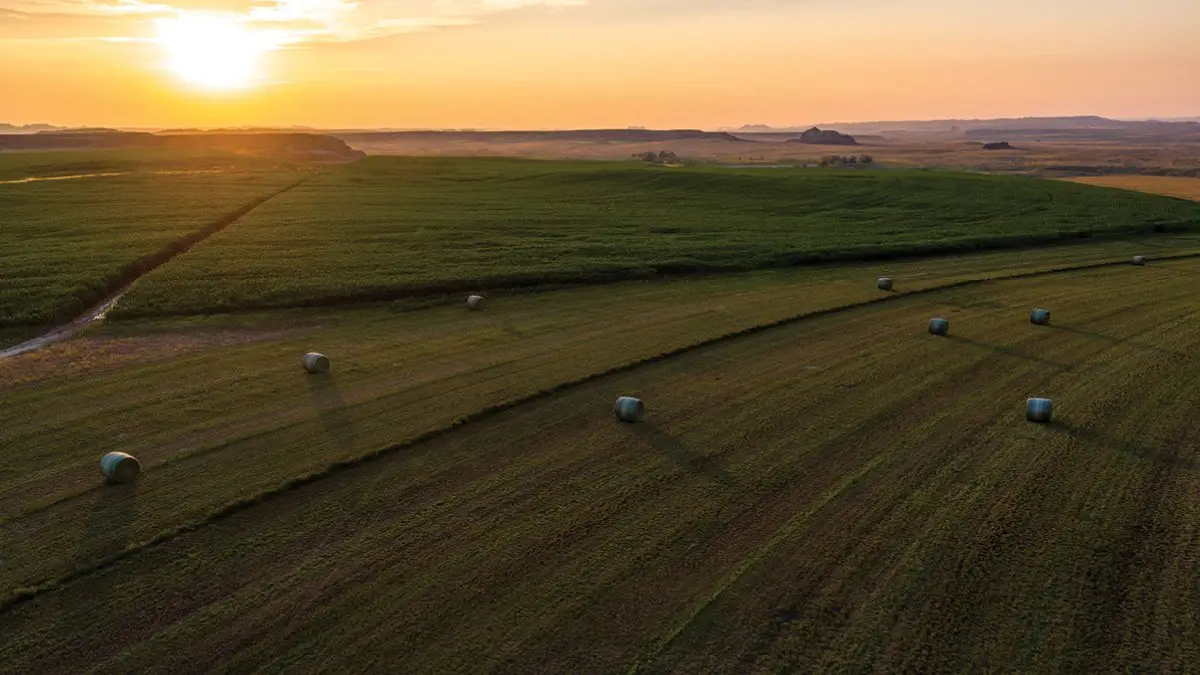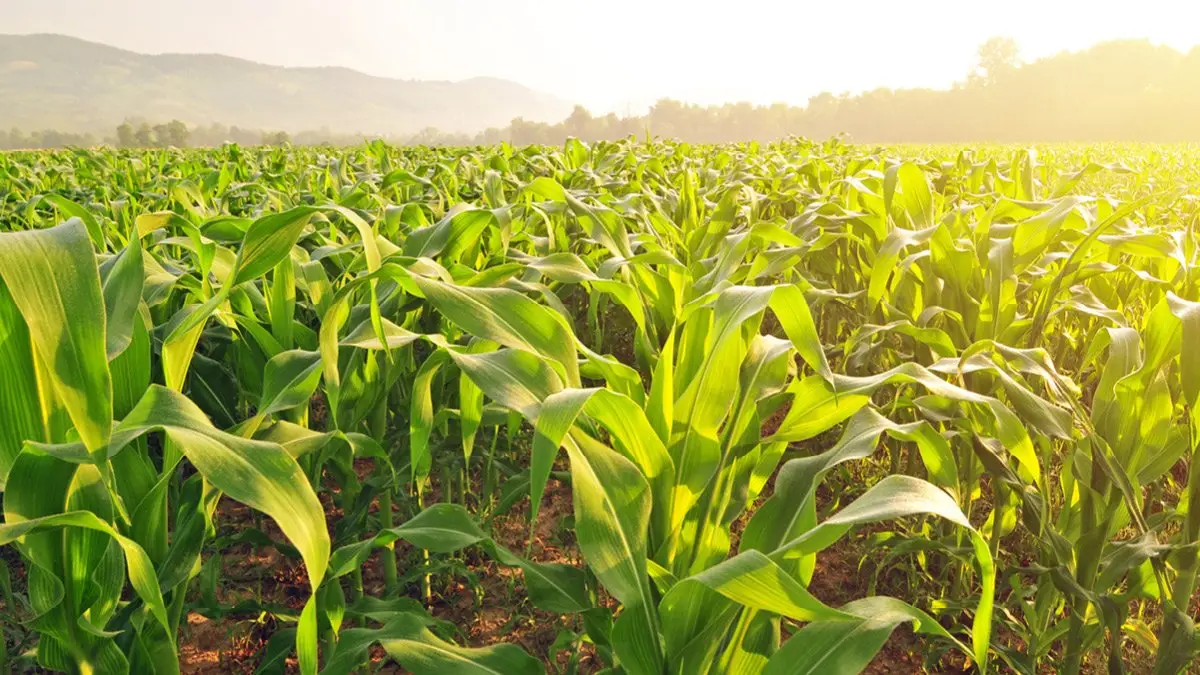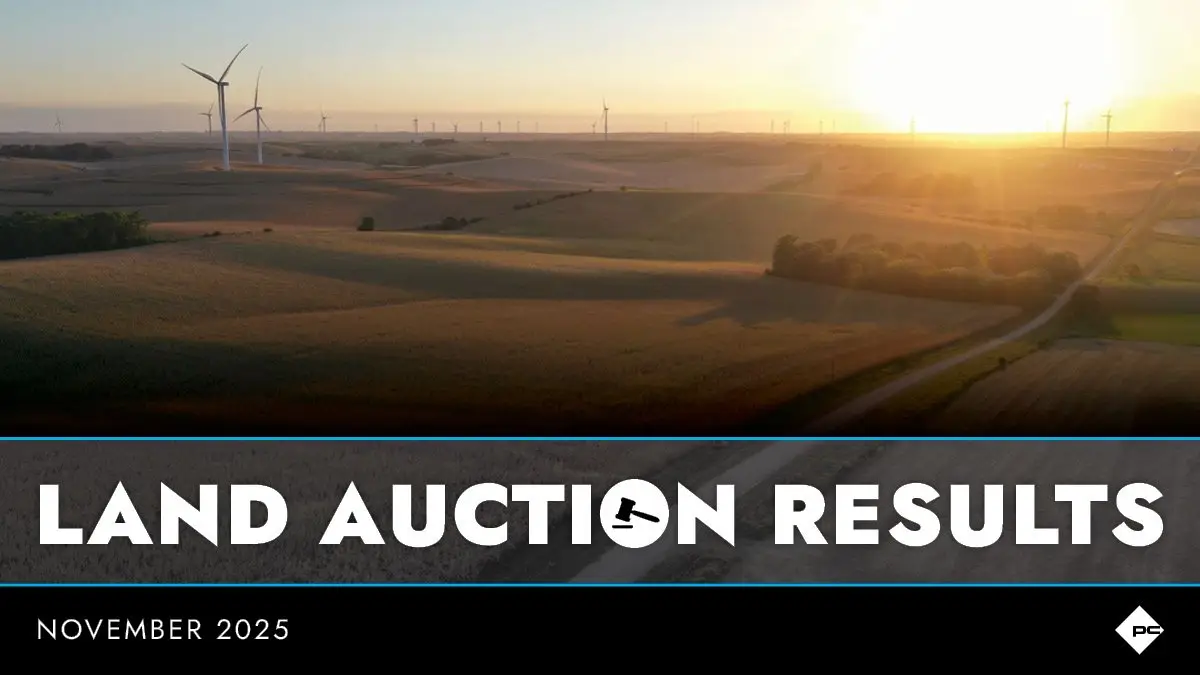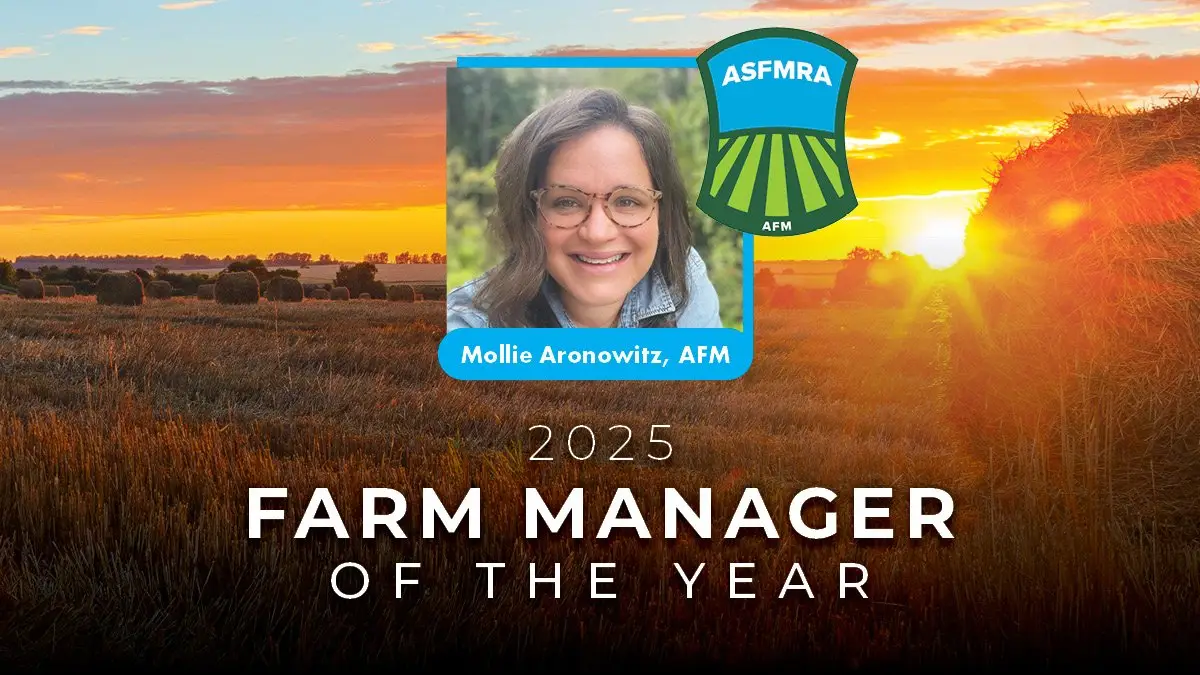Why Crypto Investors Are Looking at Farmland
When crypto markets surged, it felt like a new financial frontier. Wealth was building fast and investors were looking for the next place to move it. Now that volatility has stuck around and the economy feels less predictable, a practical question is rising for anyone with meaningful digital gains or recent liquidity: where do you place that wealth in the physical world? One answer stands out for its durability and its history. Farmland. The contrast is sharp, with blockchain meeting back forty, but the logic is sound. Digital wealth searching for stability often lands on assets that resist inflation, move slowly, and compound over time. Farmland offers all of those qualities while remaining largely uncorrelated with financial markets.
A Shift Toward Tangible Assets
During a period marked by inflation, rising rates, and economic uncertainty, investors are gravitating toward tangible assets again. After years of speculative highs and severe lows, many people want something real, something you can walk on. One investor put it simply after cashing out of Ethereum: “I wanted to own something that feeds people, not just traders.” Across the spectrum, money is moving into assets like gold, commodities, and land. Farmland stands apart because it is both scarce and productive. Each acre stores value and generates it year after year.
Stable Returns in an Unstable Market
Crypto’s sharp price swings can unsettle even seasoned investors. Farmland moves slowly by comparison, and that pace is appealing today. According to the NCREIF Farmland Index, cited in Peoples Company’s National Land Values report, farmland has delivered average annual returns of 7 to 12 percent over the past decade. Those returns are steady and predictable. Farmland also generates income tied to basic human needs, such as tenant rent or crop revenue. Its fundamentals come from food demand and limited supply, not speculation. As one wealth manager said, “Farmland lacks the noise. That is its advantage.”
Farmland as an Inflation Hedge
In an inflationary climate, few assets have performed as consistently as farmland. Land values tend to rise with commodity prices. They are not driven by central banks or tech cycles. Institutional investors have understood this for years and have steadily added farmland as a hedge with long-term stability. Now a younger group of investors, many with digital wealth, is rediscovering the same idea. The strongest store of value is often the one that literally grows food.
A New Generation and a Major Wealth Transfer
A second trend is unfolding at the same time. An estimated seventy trillion dollars in wealth will move between generations over the next twenty years. Baby boomers will pass large amounts of land and capital to younger heirs. Many of those heirs are reallocating their wealth in ways that reflect a more data-driven and sustainability-minded outlook. Steve Bruere, president of Peoples Company, explains it this way: “A generational transfer of wealth is happening, and with it comes a shift in decision-making. The next generation is more data-driven, values sustainability, and often does not have the same emotional ties to the land.” Some of this capital is now intersecting with money earned in crypto. Millennial investors, who are comfortable with technology and focused on impact, are drawn to farmland for its stability, purpose, and utility.
This Pattern Has Happened Before
This pattern has played out before. After the dot-com era, early tech founders bought ranches, vineyards, and timberland. After the startup and SPAC surge, capital flowed into real estate and collectibles. Periods of fast digital wealth often push investors toward something tangible and lasting. For today’s crypto-native investor, farmland follows the same path. It represents a shift from digital speculation to physical security. Profits made online can be anchored in real acres. It is more than a financial move. Many investors see farmland as a platform for sustainability, carbon work, and regenerative practices, giving the asset value beyond returns.
Building a Balanced Portfolio
Pairing farmland with crypto creates what some call a barbell portfolio. One side contains high-growth, high-volatility digital assets. The other side contains low-volatility, income-producing farmland that compounds gradually. Together, they form a combination that can handle economic swings and currency shifts. Farmland adds balance to portfolios built on digital upside. Its income and appreciation can help offset the unpredictability of fast-moving markets.
The Tie Between Digital Gains and Real Assets
A generation that built wealth in virtual currencies is now discovering the value of one of the oldest assets in existence. As farmland moves to new owners and crypto gains look for long-term security, a clear link is forming between two worlds that once seemed unrelated. For investors looking to convert digital gains into something lasting, farmland offers more than financial return.
It offers roots.
